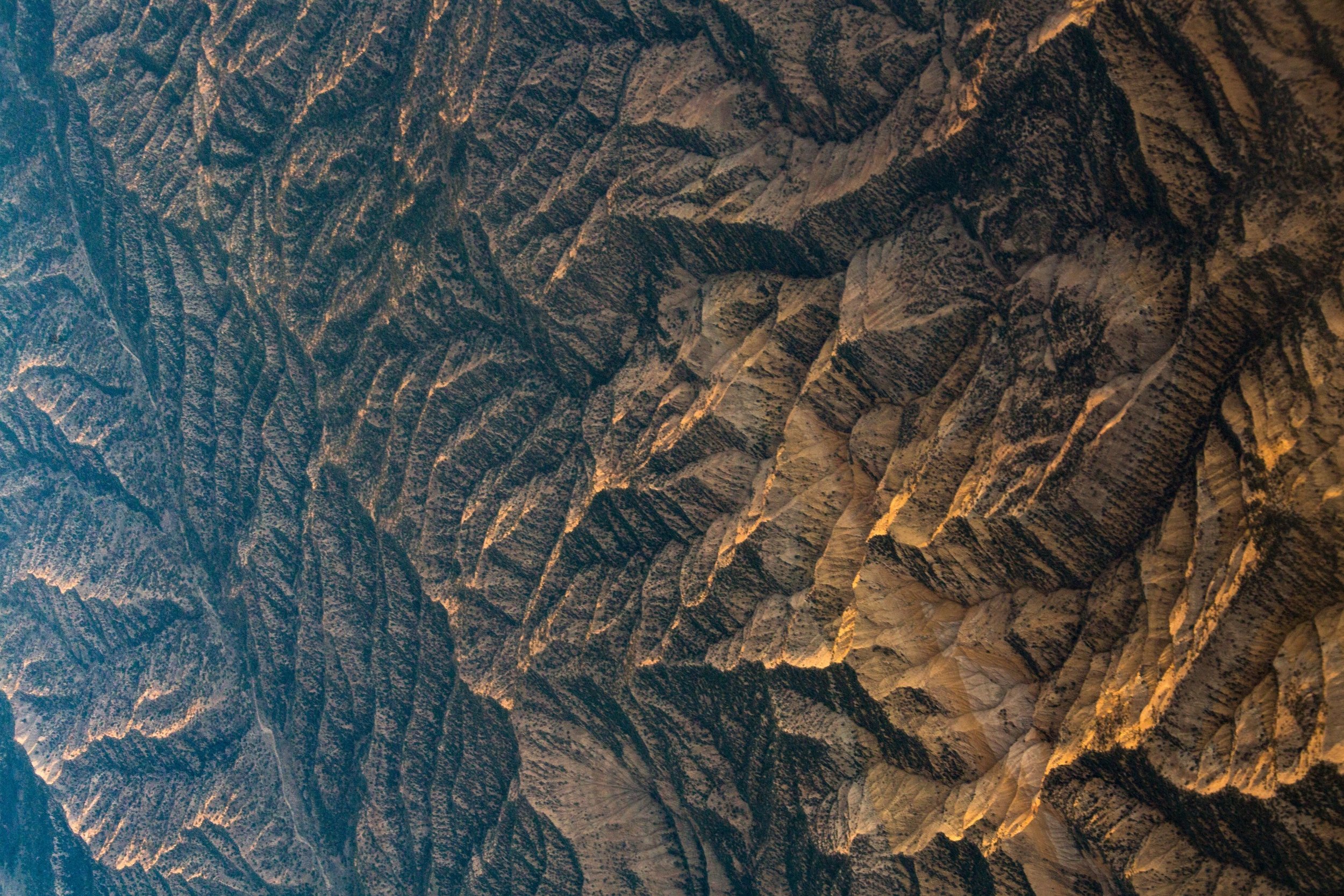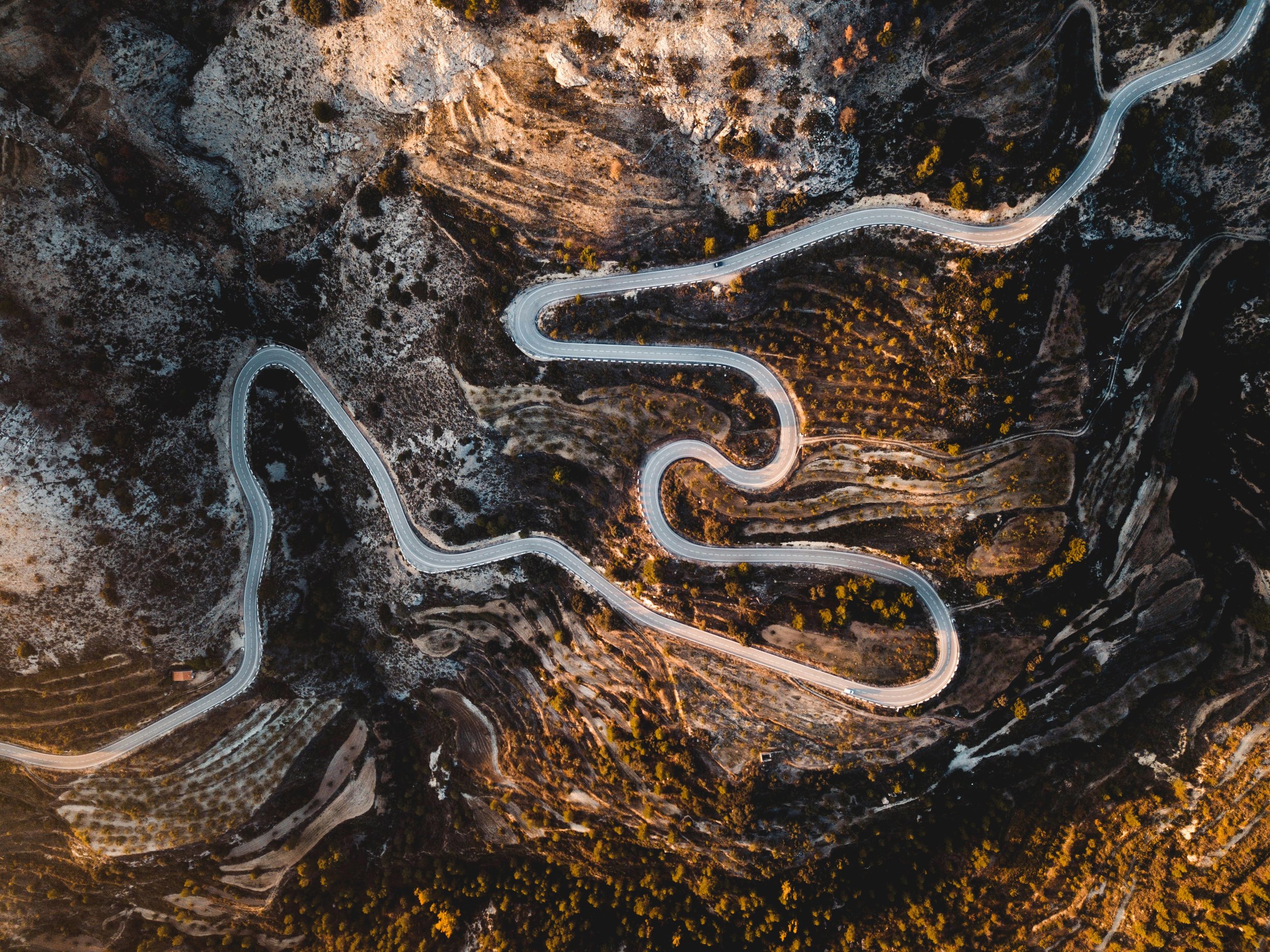
TRANSFORMING AND INNOVATING SURVEYING SYSTEMS
Industries carry out regular inspections of their equipment and infrastructure to ensure it is in safe working order. Human inspections have shortcomings, as people are oKen limited when it comes to working at heights or in confined spaces. Inspections carried out by a drone can address the operational challenges faced by human inspections.
COMMON DEPLOYMENTS
CIVIL ENGINEERING
CONSTRUCTION
MAPPING
SCANNING
SURVEYING
Drones are well-equipped to survey large pieces of land including protected areas, agricultural sectors, development sites, civil inspections, insurance-related work, and sites of scientific interest. Also equipped with the latest mapping technology, drones are able to generate accurate topographical maps of larger, hard-to-access areas, allowing for the creation of highly accurate models.
SERVICE APPLICATIONS
Drone applications in the surveying industry include topographic mapping, engineering designs, site planning, volumetric surveys, generation of digital elevation/terrain models (DEM/DTM) and geo-referenced orthographic maps.








